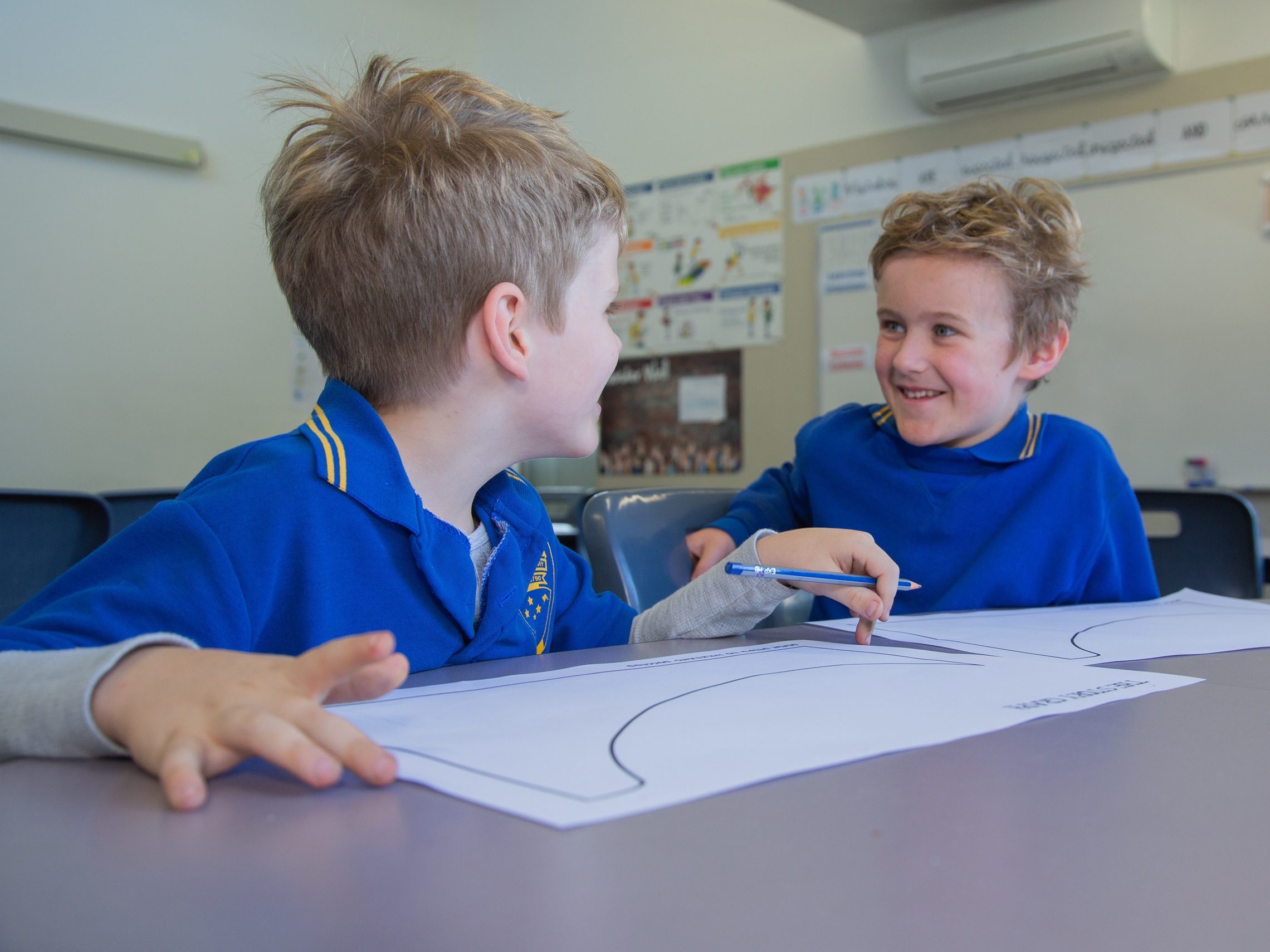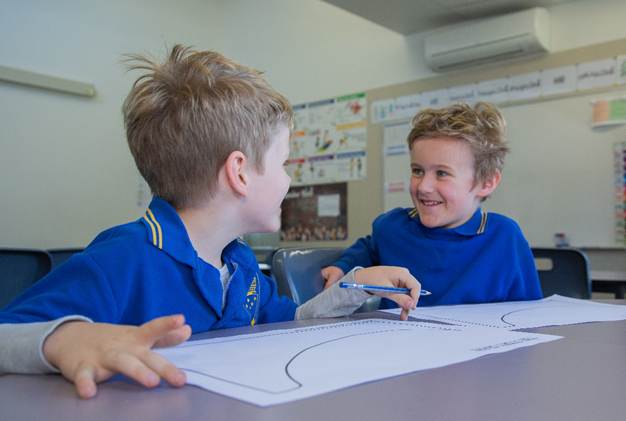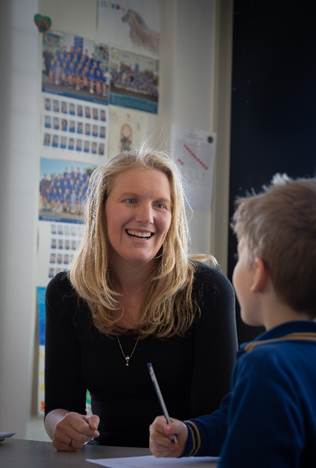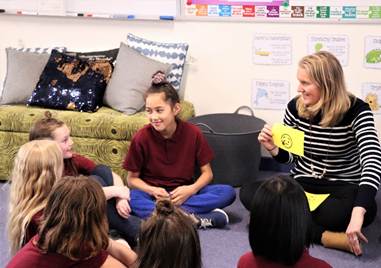
by Kathleen Killick
In the crucial early years of education (Foundation to Year 2), building strong literacy skills is paramount. Research consistently shows that a solid foundation in reading, writing and oral language directly impacts a child's future success and well-being.
But how can educators cultivate these essential writing skills in young children, especially when many are still mastering basic motor skills?
"The early years are a window of opportunity," explains Kathleen Killick, CEO at Seven Steps to Writing Success. "Young children have thoughts and ideas to express, just like anyone else. Often these ideas come out in other aspects of literacy – when reading and retelling stories, engaging in imaginative play, drawing, drama and song. These activities are not peripheral to writing—they are, in fact, the very bedrock of thinking like a writer."
The key lies in nurturing these tendencies through scaffolded lessons and explicit teaching.
One Australian program offers a proven and clear approach to help teachers engage young learners and build their confidence in literacy. Over the last 20 years, Seven Steps to Writing Success has helped teachers from over half of Australian schools create a dynamic learning environment where children flourish in the literacy classroom.
Here’s how you can start building young students’ writing skills and creativity from the very first day of school and lay the strong foundations for future success.
Discuss and Discover
Reading and writing are two sides of the same coin, and for young learners, making this connection explicit is crucial.
Before beginner writers can be expected to write sentences, paragraphs and complete texts, they need to be immersed in literature. By exploring existing texts, students learn to recognise the parts of a story and how stories are structured.
Beginner writers also start to identify the techniques authors use to engage, inform and entertain an audience. Effectively, they are learning what great writing looks like and what how the choices an author makes affect the reader.
The Seven Steps Story Graph brings this concept to life, providing a visual framework that helps young learners deconstruct existing texts. Simple activities like tracking stories on the graph and using the graph to retell the key elements of a story will develop their understanding of text structure and features. Drawing a favourite character and writing a sentence about them can then translate reading into writing.
Talk and Try Out
Verbal is vital – oral communication is a pre-writing skill that helps students to develop their writing. They can tell stories, invent dialogue, retell favourite stories and predict parts of a plot.
Young children instinctively use authorial thinking in their play, drama and games. Tap into this by giving students the opportunity to talk and think creatively, use their imagination, share ideas and learn how to make authorial decisions. They learn from each other, build on their ideas and start to try out recording these ideas on paper.
Activities like storytelling circles, dramatic play and verbal brainstorming help children develop vocabulary and narrative skills. The Seven Steps approach encourages this verbal practice allowing children to clarify their ideas and build confidence before putting pen to paper. If students can verbalise their ideas, they will be much more confident when it’s time to write them.
Create and Confer
Once students can think like a writer, it’s time to put it into practice in their own texts. Beginner writers need time to practise being creative, as well as learn the mechanics of writing. They need encouragement, guidance and support to identify where they are in the process, what they are doing well and what they need to do next to become better writers. They need to learn to plan, draft, edit, reflect and improve.
Cultivating an "author's mindset" involves encouraging children to see themselves as storytellers. Imaginative play, prompts like "What if...?" or "Imagine if..." , and writing or drawing ideas on the story graph help children visualise and understand narrative structure. The Seven Steps program provides a structured way to guide students through these authorial processes.
Developing strong literacy skills in the early years is about nurturing a love of storytelling and fostering verbal expression. Shares early years teacher Natacha from Bairnsdale Primary School in Victoria:
“My pupils love writing. One of my pupils sees himself as a writer now, although he would refuse to hold a pen at the start of the year.”
By implementing engaging strategies and recognising creative potential, educators can lay the groundwork for a lifetime of writing success. With the right support, like the Seven Steps to Writing Success program, even the youngest students can discover the joy and power of written expression.



Kathleen Killick is the Chief Executive Officer at Seven Steps to Writing Success, a research-based program that breaks down writing into seven key techniques that professional authors use.


